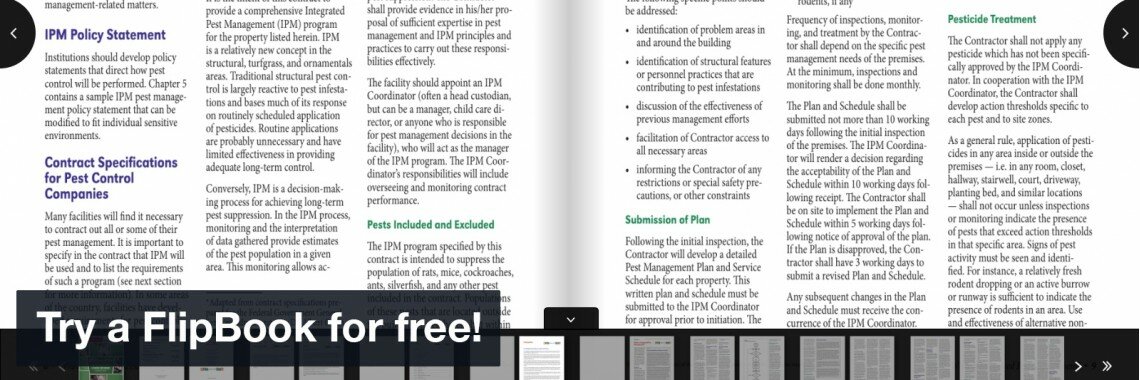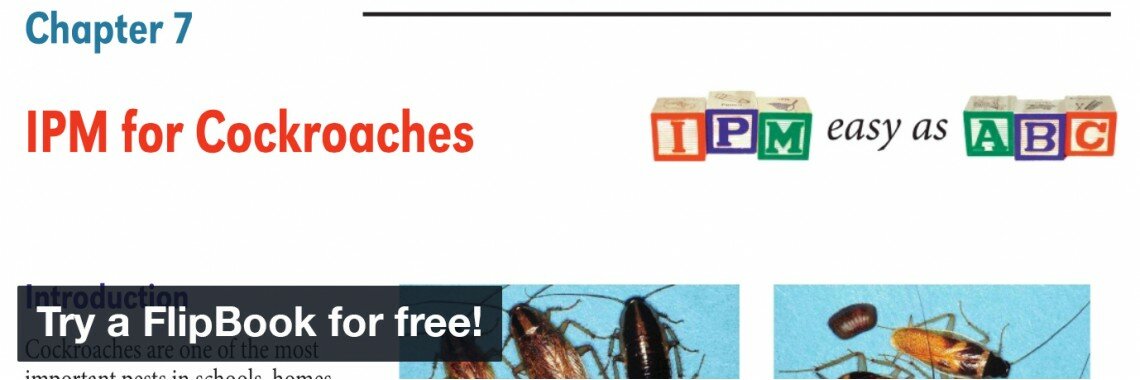Integrating Classroom Technology for Pesticide Safety Education: Strategies for Equity and Inclusion
Pesticide safety education stands as a important cornerstone in safeguarding human health, keeping the environment, and fostering financial prosperity. However, making ensuring equitable get right of entry to to this vital information remains a giant task, particularly in communities going through various barriers. This article explores the pivotal function of integrating classroom technology in overcoming those demanding challenges and promoting equity and inclusion in pesticide safety education.
Challenges in Pesticide Safety Education
Access to comprehensive pesticide safety education remains restricted in lots of groups, posing giant challenges to public health and environmental safety. Factors which includes geographical isolation, socioeconomic disparities, cultural and linguistic differences, and accessibility problems for people with disabilities exacerbate this trouble.
Geographical isolation often hinders access to educational resources in remote rural areas, where limited infrastructure and transportation options impede the delivery of essential training and information. Socioeconomic disparities further widen the gap, as low-income communities struggle to afford certification courses, study materials, and equipment necessary for pesticide safety education. Cultural and linguistic diversity presents obstacles, with language barriers hindering effective communication and comprehension of pesticide risks and safety measures. Additionally, accessibility issues for people with disabilities limit participation and engagement, as traditional educational materials often lack necessary features.
Integrating Classroom Technology
Integrating technology into pesticide safety education offers a multitude of benefits. Firstly, it enhances accessibility and expands the reach of educational resources to underserved groups. Through online platforms and mobile applications, individuals can access vital information regardless of their place or socioeconomic status. Moreover, technology allows for the customization of learning experiences, catering to various learning styles and preferences. One sizeable aspect of this integration is the incorporation of monitoring technologies, providing real-time safety assessment during pesticide application processes.
Strategies for Incorporating Technology:
- Online Certification Training Programs: Web-based certification training programs provide flexibility and convenience, allowing individuals to complete education at their very own pace.
- Interactive Learning Modules and Simulations: Engaging and interactive learning modules simulate real-world scenarios, providing experience in a safe environment.
- Mobile Applications: Mobile applications provide quick and easy access to essential information, serving as valuable resources for both novice and experienced pesticide applicators.
Several successful examples demonstrate the effective integration of classroom technology in pesticide safety education. These case studies highlight the utilization of monitoring functionalities, showcasing how real-time data can enhance safety practices and mitigate risks.
Addressing Equity and Inclusion
Efforts to bridge the digital divide are critical in ensuring equitable access to pesticide safety education. Providing multilingual assets and culturally relevant content material enables conquering language and cultural boundaries, making instructional materials greater accessible and inclusive.
Inclusive design ideas should be carried out to educational materials to deal with people with disabilities. Incorporating accessibility features such as screen readers and captioning ensures that everybody can access and benefit from the furnished information. Furthermore, representation and diversity in educational content material help foster a sense of inclusivity and belonging amongst learners from various backgrounds.
Future Trends
Emerging technologies hold promise for advancing pesticide safety education further. From augmented reality to artificial intelligence, these innovations provide new avenues for enhancing learning experiences and promoting equity and inclusion. Augmented reality applications can immerse learners in interactive simulations of real-world pesticide scenarios, providing hands-on education in a safe and controlled place. Similarly, artificial intelligence algorithms can analyze sizable datasets to identify trends and patterns in pesticide usage, allowing personalized learning experiences tailored to individual needs and preferences.
Realizing the full potential of those advancements requires for ongoing efforts and collaborations across various sectors. Stakeholders need to paintings together to increase and implement inclusive academic strategies that prioritize equity and inclusion. This includes making sure that emerging technology are handy to all communities, no matter geographical area, socioeconomic status, or cultural background. Moreover, ongoing research and improvement are critical to refine and optimize those technologies for maximum impact. By fostering collaboration and innovation, we can harness the power of emerging technology to create a greater equitable and inclusive future for pesticide protection training.
In conclusion, integrating classroom technology into pesticide safety education is paramount in fostering equity and inclusion. By leveraging technology to overcome barriers, supplying handy and inclusive academic materials, and embracing emerging trends, we can empower to prioritize safety and environmental stewardship.


